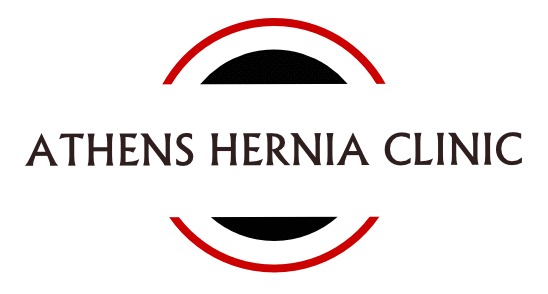Diverticular Disease
What is Diverticulosis?
Diverticulosis is a condition that affects the adult colon. It consists of abnormal out-pouchings (little sacs) on the colon that form as people age. This is a common condition in Western society with greater than 50% of adults over the age of 50 being affected. The out-pouchings form at points of weakness in the colon wall. The sigmoid colon is the most commonly affected area although the entire colon can be affected.
How and why does Diverticulosis develop?
The incidence of diverticulosis has increased over the last century. A diet high in processed foods and animal fats and low in fiber has been implicated as a causative factor. In countries with high fiber diets the incidence of diverticulosis is significantly lower. Despite this knowledge, it is not clear why some people form diverticulosis and others do not. In general, it is felt that over time increased pressure in the colon causes the colonic lining to be pushed through weaknesses in the wall and then these artificial out-pouchings form.
What are the symptoms of Diverticulosis?
Diverticulosis is nearly always asymptomatic. The out-pouchings themselves cause no symptoms. Symptoms appear when a diverticulum becomes inflamed or perforates. Most people with diverticulosis never have any problems.
What is Diverticulitis?
Diverticulitis is an infection of the colon that results from inflammation or perforation of a diverticulum. An attack of diverticulitis usually results in a localized process oftentimes from a micro-perforation that walls itself off allowing the body to heal it usually with the help of antibiotics. Sometimes, a free perforation occurs requiring major surgery and a temporary colostomy. The vast majority of the time diverticulitis is a localized micro-perforation.
What are the symptoms of Diverticulitis?
An attack of diverticulitis usually presents with left lower quadrant or suprapubic abdominal pain because this is where the sigmoid colon is located. Sometimes fever and difficulty or changes in bowel movements are also present.
How is Diverticulitis treated?
The mainstay of treatment is antibiotics and bowel rest. If the process is a localized micro-perforation then oral antibiotics and a liquid diet for a few days suffice. Some patients need to be hospitalized but most can be treated as an outpatient. As the pain resolves, the diet can be advanced to a low residue diet.
On the other hand, a free perforation with peritonitis is a surgical emergency. Fortunately, this is uncommon. In fact, in patients who have had a localized attack of diverticulitis with micro-perforation, the chance of having a free perforation with peritonitis is less than 1%. The vast majority of the time diverticulitis is a self-limited process and surgical therapy is reserved for severe or repeated attacks or complications of the disease.
What are the complications of Diverticulitis (complicated diverticulitis)?
- Free perforation: that requires an emergency surgery and possibly a temporary colostomy.
- Colonic Stricture: repeated bouts of diverticulitis with the ensuing inflammation can cause narrowing of the colon that results in an obstruction and difficulty in passing bowel movements.
- Colovaginal or Colovesical Fistula: often with an attack of diverticulitis a small abscess forms and this can erode into the bladder or vagina resulting in a fistula. In both cases surgery is required. A colovaginal fistula presents with air and stool from the vagina. A colovesical fistula presents with recurrent urine infections and air in the urine.
- Pericolonic Abscess: when a localized attack of diverticulitis results in an abscess formation next to the colon wall. If the abscess is large it needs to be percutaneously drained by a CT scan guided procedure and when resolved, the drain can be removed.
Who needs surgery for Diverticulitis?
Any medically fit patient who has complicated diverticulitis needs elective resection and re-anastomosis after resolution of acute inflammation and/or adequate abscess drainage. In the medically unfit or very elderly, these recommendations can be tailored to include careful observation. In uncomplicated diverticulitis, even if the patient has had multiple attacks, each can be treated with antibiotics as long as there are long symptom free intervals between the attacks. Surgery can be avoided in most circumstances. If the symptoms are more frequent (several times a year) for a few years in a row, or the patient has chronic persistent pain, then a diagnosis of chronic remitting diverticulitis is made and surgery is helpful. In patients who have surgical resection, 95% never have another problem with their diverticulitis.
Medical Management
Diet high in fruits and vegetables after resolution of acute attack.
A fiber supplement such as Metamucil or Benefiber, one tablespoon twice daily.
Drink 8 glasses of water daily.
